The installation of roofs has now become a more interesting and progressive process. This is explained not only by the use of modern methods of building work, but also by the use of the same materials, one of which is roofing mastic. With its appearance, the need for roll materials, widely used in the repair or installation of flat roofs, decreased. This self-contained roofing material is able to provide reliable waterproofing of the surface. In this article we will talk about the main types of roofing mastics, its properties, scope, etc.
Content
What is mastic?
Roofing mastic is an artificial material that is a mixture
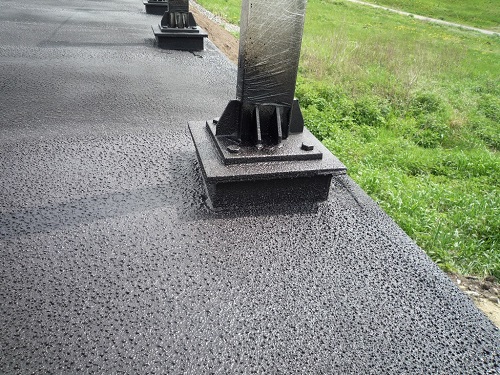
organic substances with astringent properties, mineral additives and fillers of different sizes. The composition may include antiseptics and herbicides. The result is a uniform, viscous mass that is easy to pour onto the surface. After hardening, the mastic for the roof resembles a monolithic material, which looks very similar to rubber.
The composition of the mastic may be different. Depending on it, one-component and two-component mastics are distinguished:
- One-component mastics are solvent based. They present a finished product that is immediately ready for use. It hardens as the solvent contained in it disappears from the mixture. The supply of these mastics is carried out in sealed containers, due to which premature hardening of the material is ensured. The shelf life of these mastics is limited to three months. An exception is a bitumen roofing mastic made of polyurethane, the hardening of which requires the presence of water vapor contained in the air. Since there is no solvent in the polyurethane mastic, it does not shrink when it is polymerized (cured). You can save such mastic in sealed packaging for 12 months.
- Two-component mastics are two low-active chemical compounds that can be individually stored for more than 12 months. This allows you to pre-purchase the material necessary for the production of roofing.
The supply of these mastics is carried out in sealed containers, due to which premature hardening of the material is ensured. The shelf life of these mastics is limited to three months. An exception is a bitumen roofing mastic made of polyurethane, the hardening of which requires the presence of water vapor contained in the air. Since there is no solvent in the polyurethane mastic, it does not shrink when it is polymerized (cured). You can save such mastic in sealed packaging for 12 months.

Although the shelf life of one-component mastics is much shorter than that of two-component mastics, compositions have now been developed that are able to maintain proper quality for a period of time lasting at least 12 months.
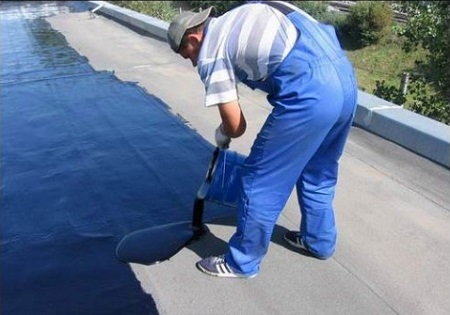
Compared to rolled materials, mastic bituminous roofing hot has a significant difference - a certain membrane or film is created on the roof surface. The properties of the mastic roof and the roll roof are almost identical, but the advantage of the first is the absence of seams.
Mastic coatings have the following properties:
- resistance to aggressive components of the environment;
- light weight;
- elasticity;
- high strength indicators;
- non-susceptibility to corrosion;
- resistance to ultraviolet radiation and oxidation.
In order for the composition of the mastic to be distributed evenly over the surface, it must be even. For this reason, roofing mastic is used mainly on flat roofs.

During work, when the air temperature exceeds 25 degrees, and the angle of the roof is more than 12, the viscosity of the mastic should be increased. To do this, thickeners, cement, etc. are added to its composition.
Classification of roofing mastics
When classifying mastics, the following features are taken into account:
- Method of application (cold and hot).
- Appointment (anticorrosive, roofing and insulating, sticking, waterproofing and asphalt).
- Curing method (curable and non-curable).
- Type of astringent (mastic bitumen-latex roofing, bitumen-polymer, polymer, chlorosulfopolyethylene, butyl rubber).
- Type of solvent (containing organic solvents, water, liquid organic substances).
- Composition (one-component and two-component).
Modern mastics are distinguished by such properties as biostability, water resistance and high adhesive ability. They can be successfully applied on new roofs and old roofing. With their help, you can:
- stick rolled and waterproofing roofing materials;
- arrange a protective layer on the roof;
- to install the mastic roof;
- arrange vapor barrier;
- to make anti-corrosion protection on the roof from falgoizol.
Gost “Mastic bituminous roofing hot” determines what requirements mastics for roofing devices must meet. They have to:
- differ in ease of work during application and use;
- have good adhesion with respect to horizontal and vertical surfaces;
- form an elastic coating;
- do not crack upon hardening;
- to be durable;
- have resistance to fluidity and shrinkage;
- Do not lose flexibility at low temperatures;
- succumb to tools during mastic roofing;
- Do not lose quality in conditions of high humidity.
The above advantages say that mastic hot bitumen roofing is an excellent building material when installing roofs with a small slope of the roof slope.
Classification of mastics by type of binder and other indicators
As previously written, mastics by type of astringent can be bitumen, tar, bitumen-polymer and rubber-bitumen.
As fillers for bitumen mastic, you can use:
- mineral short-fiber wool;
- asbestos or asbestos dust;
- dust-like fine-sheet powders made of brick, limestone, quartz, etc .;
- combined ash or formed in the process of pulverized coal burning of mineral fuel products.
Fillers are necessary to improve the characteristics that cold mastic for roofing should have, namely:
- density and hardness;
- reducing brittleness at negative temperatures;
- reducing specific consumption of binders.
The use of fibrous fillers allows reinforcing the mastic, making it more resistant to bending.
Mastic for roofing by the method of hardening is divided into curable and non-curable.
By type of diluent, they can be divided into mastics:
- bituminous roofing containing water;
- containing organic solvents;
- containing organic liquid substances.
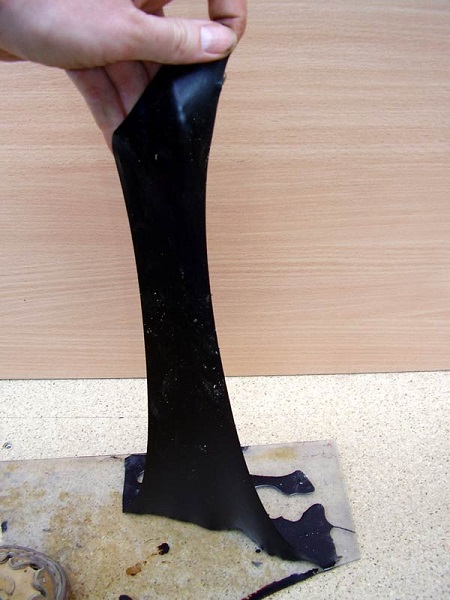
Any roofing mastic, while in the air, hardens within an hour. In this case, an elastic smooth surface is formed, which has excellent resistance to various atmospheric influences.The material obtained in the end has excellent water resistance, good adhesive ability and, in certain cases, biostability.
Regulatory documents impose the following requirements and norms on bituminous mastics:
- in their structure, mastics should be homogeneous, they should not contain particles of fillers and impregnation with binders;
- mastics should be convenient in the application process and not emit harmful substances into the environment in an amount that exceeds acceptable standards;
- hot bituminous roofing mastic, just like cold mastic, must be waterproof and have biostability;
- mastics should have a heat resistance of not less than 70 degrees;
- mastics should adhere well enough roll materials.

Gost makes high demands on mastic for roofing regarding service life. At the stated temperature conditions during operation, they must be distinguished by stable physical and mechanical parameters.
Mastic application on the surface
On the surface, which must be insulated with high quality, roofing mastic is applied in several stages:
- First of all, the surface (as a primer) is covered with a liquefied bitumen emulsion paste;
- The surface is coated with the main layers of emulsion bitumen mastic. Their number may be different and differs depending on what angle of inclination of the roof;
- After a layer of reinforcing mastics, an additional layer of mastic is additionally applied. It is designed to strengthen the insulation carpet in places where water accumulates frequently;
- At the end, a protective layer is applied, which can be a lining, staining or using gravel or coarse sand.
Characteristics and composition of bituminous mastics
Bitumen roofing mastic is a material in which artificial bitumen is used as a binder. They are obtained by processing oil and its tarry residues. The viscosity of petroleum bitumen - a substance having a black or dark brown color, depends on the heating temperature.
In the construction industry, several varieties of oil bitumen are used, which differ in the degree of viscosity:
- To impregnate rolled roofing materials use liquid roofing materials;
- For the manufacture of materials such as bituminous mastics, varnishes and roll materials, solid and semi-solid petroleum bitumen are used.
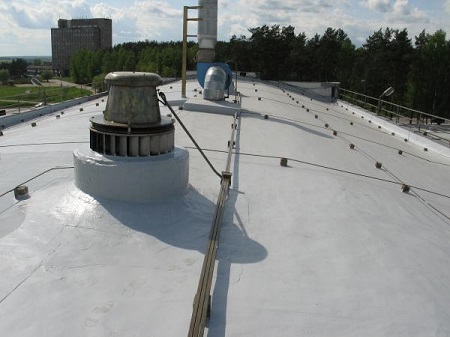
The composition of bitumen mastics includes filler, solvent and other additives. Mastic for roofing differs from rolled materials in that it is able to form a coating by the type of film or membrane, which will have the same properties.
On a note! Some types of mastics (for example, bitumen-latex) can be used as an adhesive during the installation of roll material of a new building or during the repair of an old roof, regardless of its design.
A great advantage of bituminous mastics is the ability to color them in any desired or desired color. Dyes are added, both in factory production, and during the application of mastic on the roof.

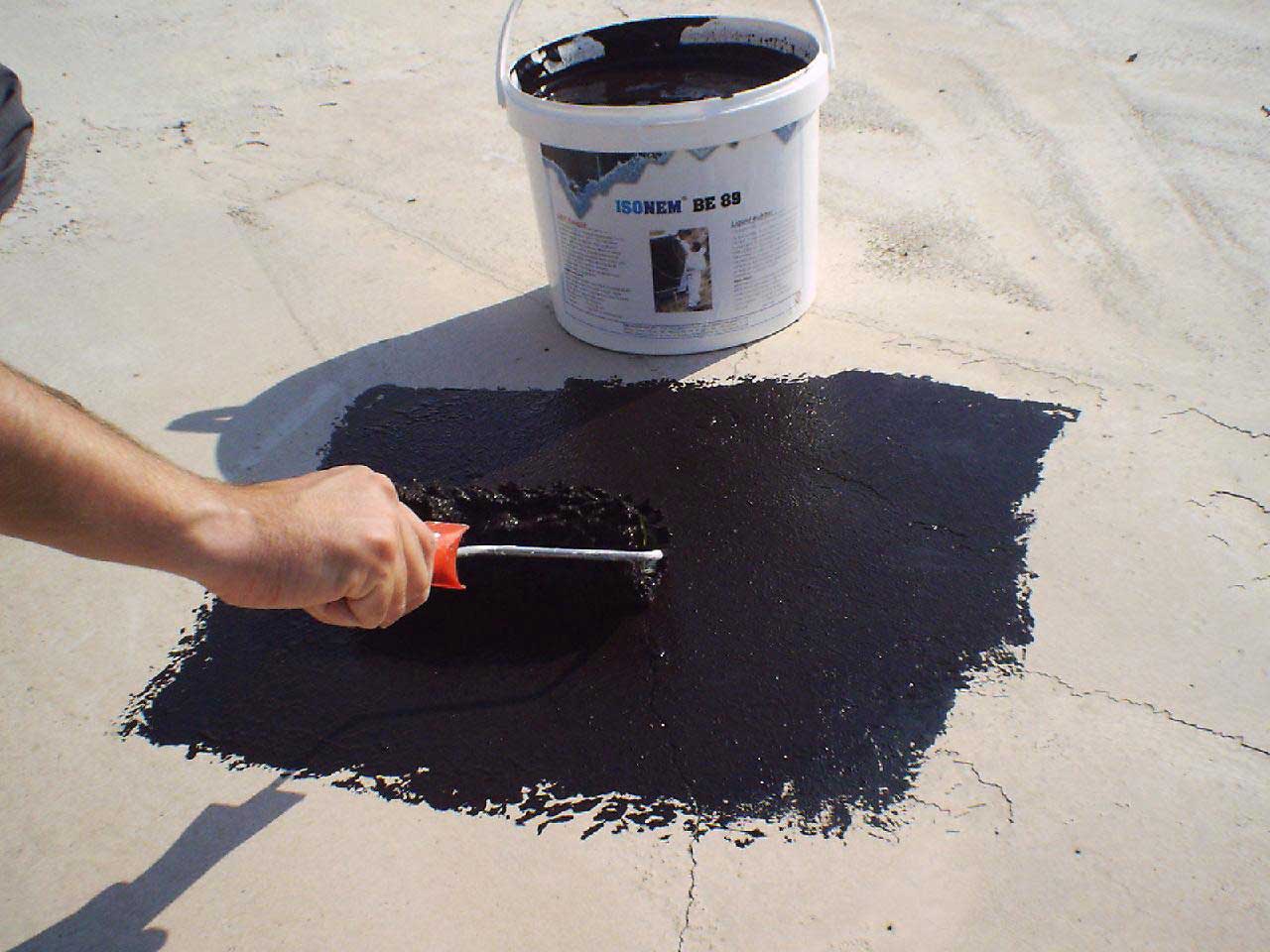



Alas, no comments yet. Be the first!